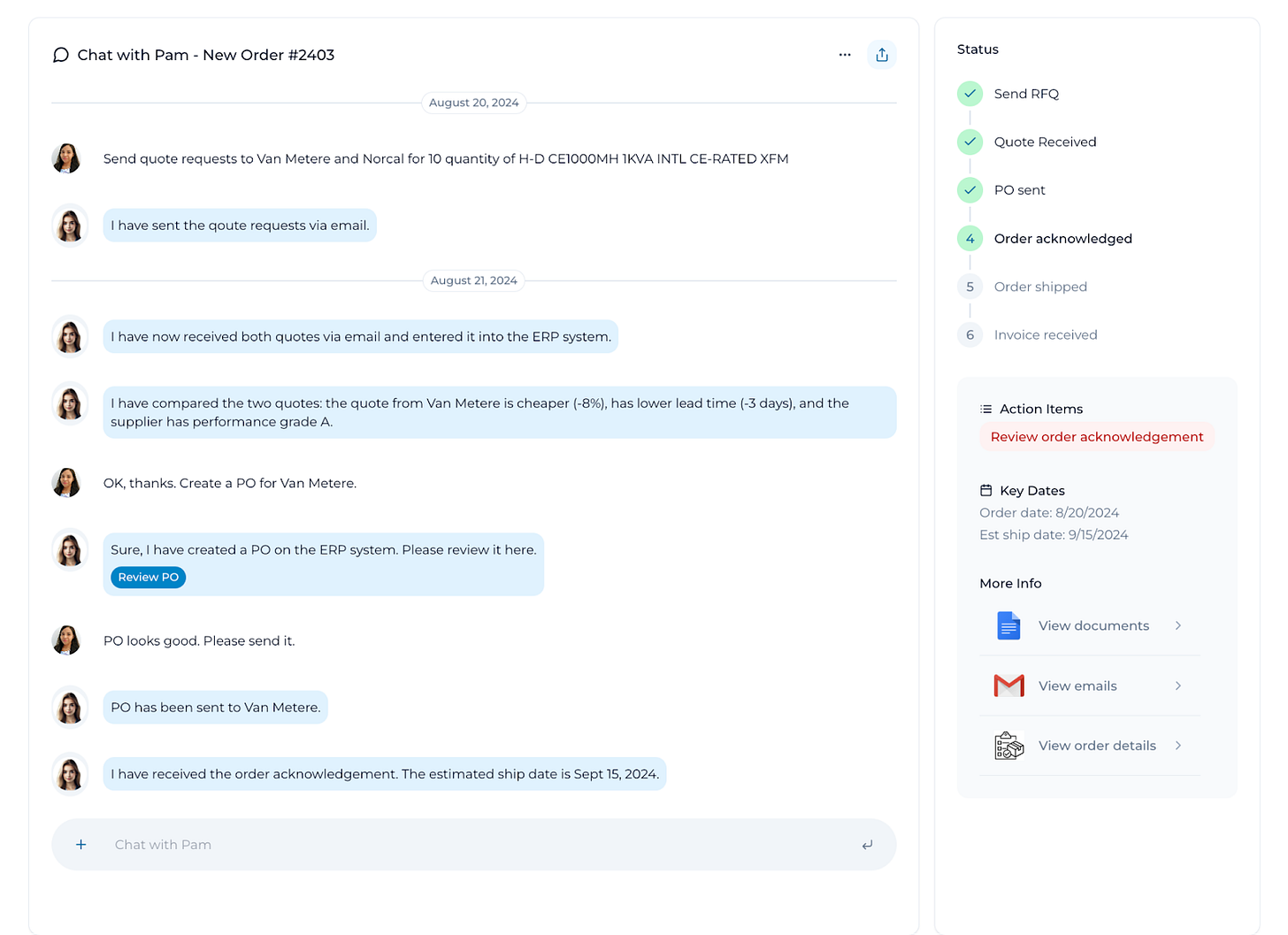In an era where businesses seek ways to streamline operations and cut costs, Lighthouz AI, part of the Y Combinator S24 cohort, stands out by automating procurement processes with cutting-edge AI technology. We sat down for a coffee chat with the co-founders, Srijan and Sonali, who shared their journey and insights with our readers, highlighting the value they see in our coverage of niche innovations and emerging technologies. In this blog, we delve into the technical intricacies of Lighthouz.ai, exploring the challenges in automating tasks, discussing why procurement is ripe for disruption, and how it can improve the efficiency of the entire system in organizations.
The Eureka Moment and Vision Behind Lighthouz AI
Sonali shared that the inspiration for Lighthouz AI stemmed from a personal experience with her sister's dermatology practice, where she noticed the tedious, manual nature of procurement tasks. She saw firsthand how procurement professionals spent countless hours managing unstructured data through emails and spreadsheets. This problem persisted in both small businesses and larger enterprises, where procurement systems were still outdated. Recognizing that a significant amount of time and resources is wasted due to these inefficiencies, she saw an opportunity to leverage AI and optimize these processes.
Srijan mentioned that there are about 500,000 procurement professionals, just in the U.S. and all of them spend almost their entire day on e-mails, spreadsheets, and 90’s looking software.
“Businesses are wasting 30 billion dollars annually on manual procurement steps or tactical work that can now be fully automated.
So, the eureka moment was that now we have LLMs, VLMs, and AI agents that have just gotten good enough for all manual workflows including for procurement, which can be automated in a highly accurate way.
These AI agents can work with existing emails as well as existing ERP systems that procurement professionals and businesses are using.”
Lighthouz AI is transforming procurement with an AI-first approach. It is designed to improve outdated ERP systems and streamline routine, repetitive tasks, focusing on enhancing efficiency and reducing costs. Dive into our feature table and product details to see how they redefine procurement automation.
Challenges in Procurement Automation
The procurement lifecycle spans various stages, from sending purchase requests and obtaining quotations to issuing purchase orders and processing invoices. Each step involves handling diverse types of unstructured data from multiple sources, including PDFs, images, spreadsheets, and even handwritten or scanned documents. Compounding the complexity, this data is not only unstructured but also interlinked. For example, a single line item on an invoice may correspond to multiple purchase orders.
Keep reading with a 7-day free trial
Subscribe to AI with Aish to keep reading this post and get 7 days of free access to the full post archives.







